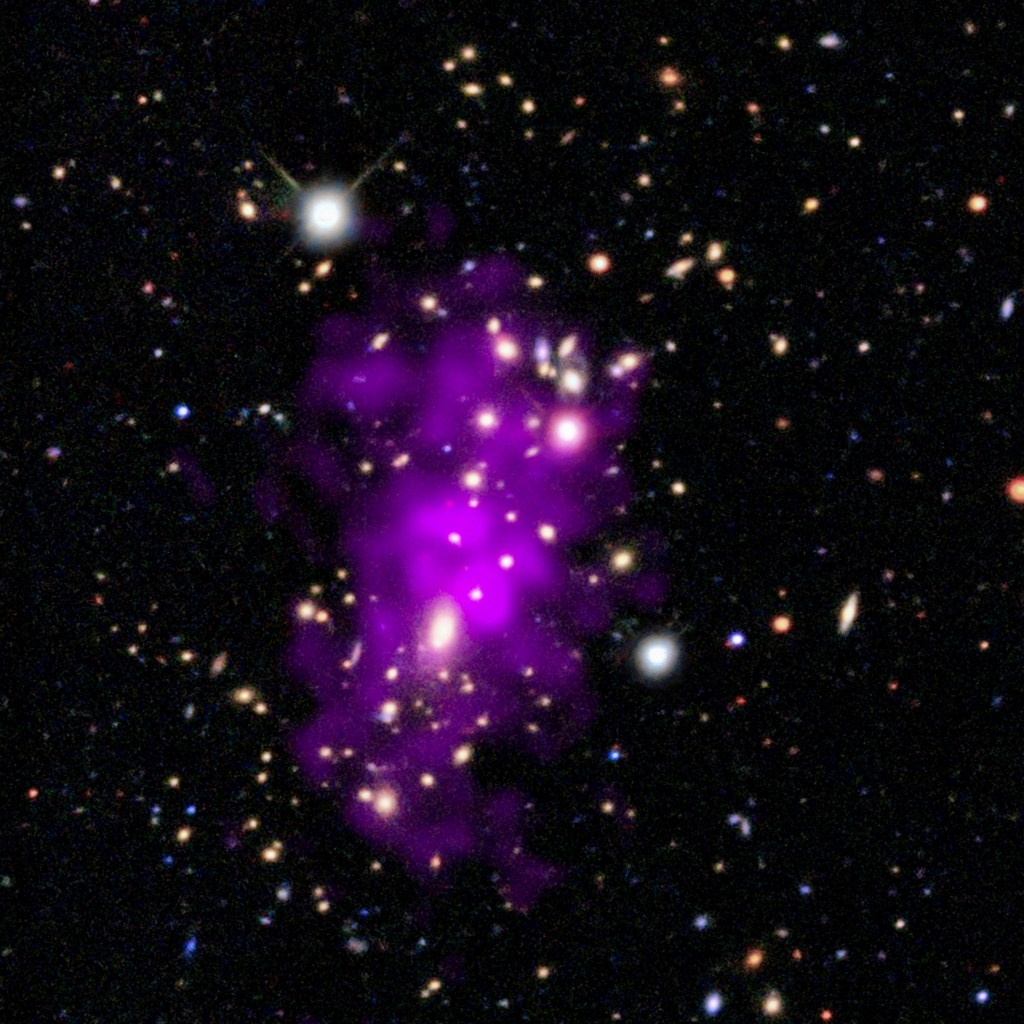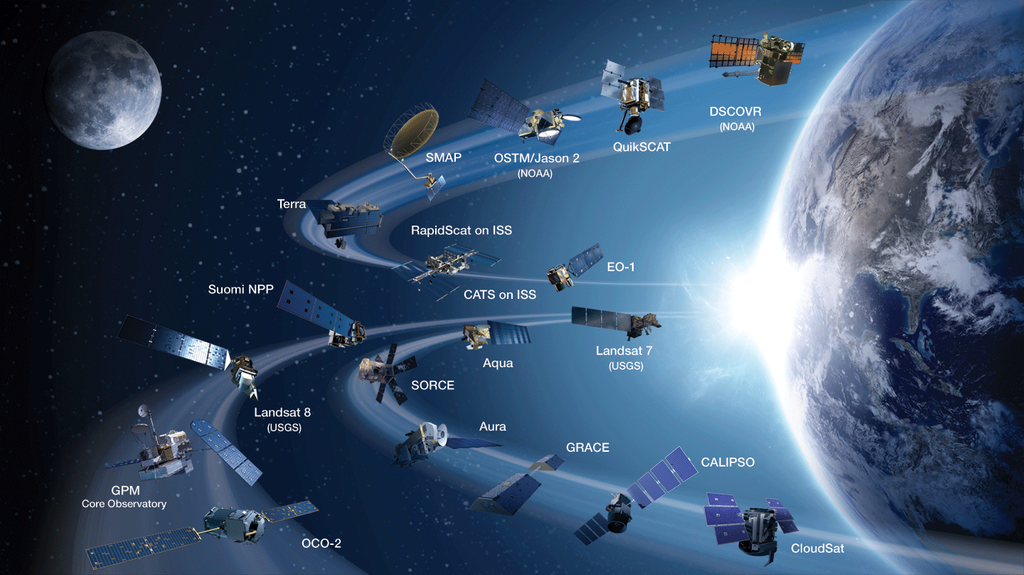1 min read
Hubble and Gaia Measure Cepheid Variable Stars

Using two of the world’s most powerful space telescopes — NASA’s Hubble and ESA’s Gaia — astronomers have made the most precise measurements to date of the universe’s expansion rate. This is calculated by gauging the distances between nearby galaxies using special types of stars called Cepheid variables as cosmic yardsticks. By comparing their intrinsic brightness as measured by Hubble, with their apparent brightness as seen from Earth, scientists can calculate their distances. Gaia further refines this yardstick by geometrically measuring the distances to Cepheid variables within our Milky Way galaxy. This allowed astronomers to more precisely calibrate the distances to Cepheids that are seen in outside galaxies.
- Release DateJuly 12, 2018
- Science ReleaseHubble and Gaia Team Up to Fuel Cosmic Conundrum
- Credit
Share
Details
Last Updated
Aug 17, 2025
Contact
Media
Claire Andreoli
NASA’s Goddard Space Flight Center
Greenbelt, Maryland
claire.andreoli@nasa.gov






























